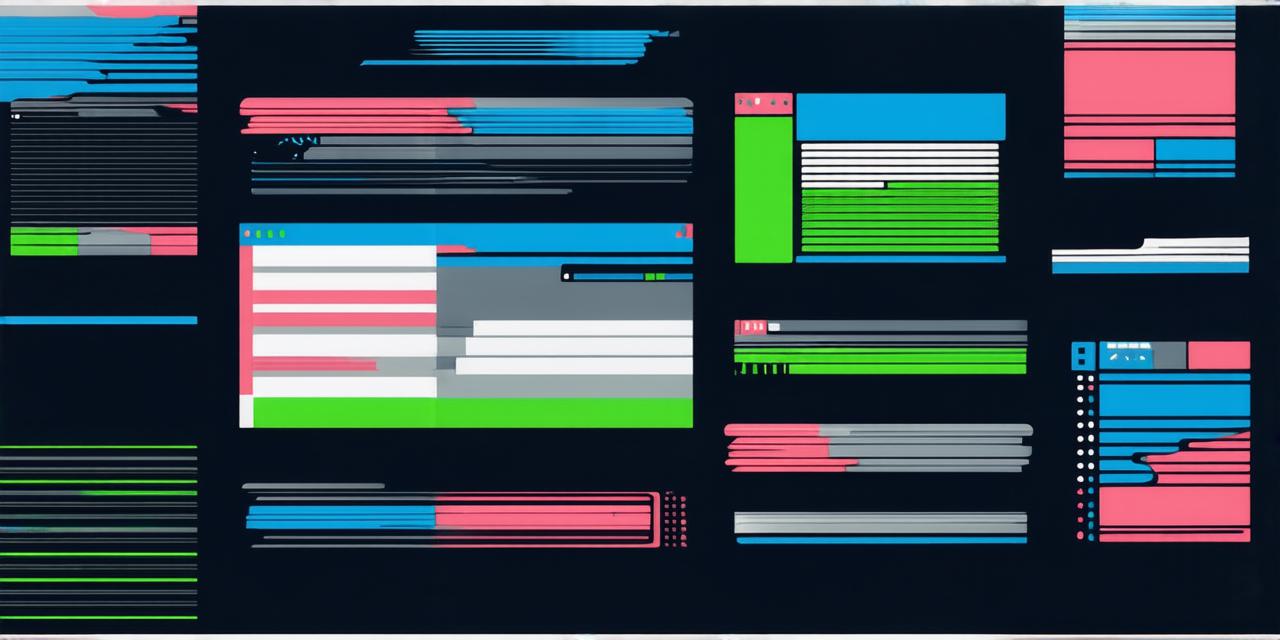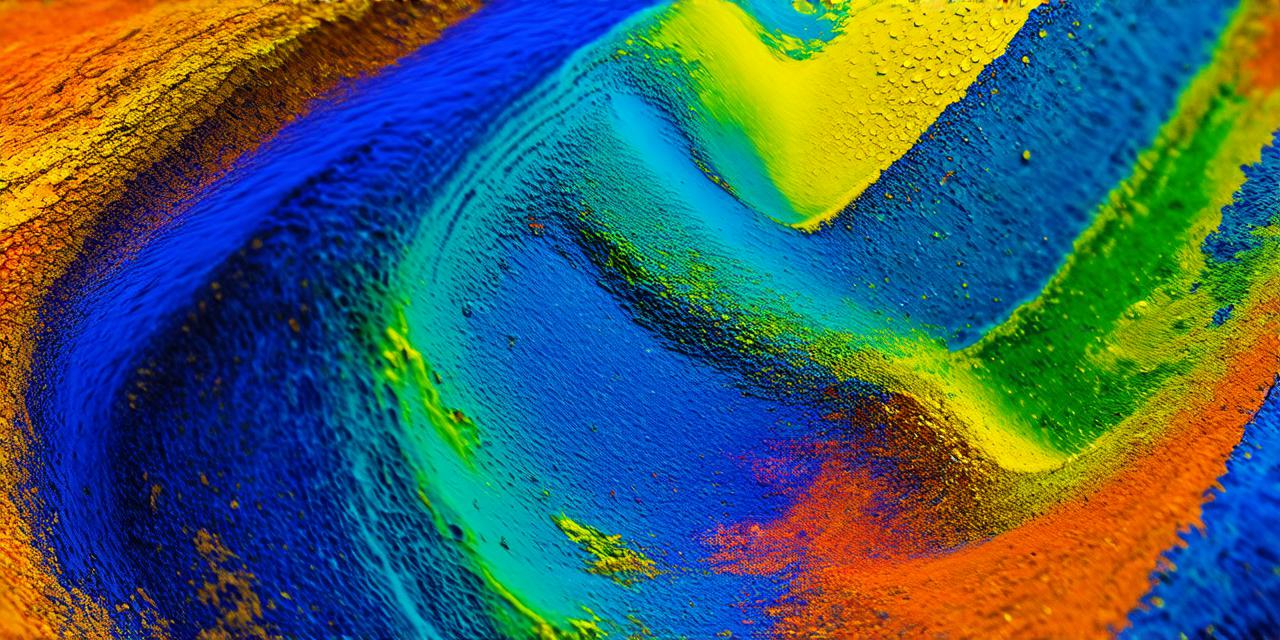<!DOCTYPE html>
Table of Contents
- What is Digital Design?
- The Role of a Digital Designer
- Branding and Identity
- Web Design and Development
- Mobile Design
- UI/UX Design
- Digital Marketing and Advertising
- Skills Needed to Become a Digital Designer
- Creative Skills
- Technical Skills
- Software Skills
- Becoming a Digital Designer: Education and Certification
- Formal Education
- Certifications
- Freelancing and Internships
- Conclusion
- FAQs

What is Digital Design?
Digital design refers to the creation of visual elements, such as websites, mobile apps, and graphics, for digital devices. It encompasses a wide range of disciplines, including branding, web design, mobile design, UI/UX design, and digital marketing.
The Role of a Digital Designer
Digital designers play a crucial role in the success of any online business. They are responsible for creating visual elements that help businesses connect with their target audience and achieve their goals.
Branding and Identity
A digital designer’s primary responsibility is to create a brand identity that reflects a company’s values, mission, and personality. This includes designing logos, color palettes, typography, and other visual elements that will be used across all marketing channels.
Web Design and Development
Digital designers are also responsible for designing and developing websites that are visually appealing, easy to use, and optimized for search engines (SEO). This involves creating wireframes, mockups, and prototypes that showcase the design and functionality of a website. Digital designers also work closely with web developers to ensure that the website is built according to the design specifications.
Mobile Design
With the growing popularity of mobile devices, digital designers are increasingly responsible for designing apps and other mobile experiences. This involves creating wireframes, mockups, and prototypes that showcase the design and functionality of a mobile app. Digital designers also work closely with app developers to ensure that the app is built according to the design specifications.
UI/UX Design
UI/UX designers are responsible for creating digital experiences that are intuitive, user-friendly, and visually appealing. This involves designing interfaces that make it easy for users to accomplish their tasks, as well as creating wireframes, mockups, and prototypes that showcase the design and functionality of a digital product.
Digital Marketing and Advertising
Digital designers also play a role in digital marketing and advertising campaigns. This involves designing visual elements such as banners, ads, and social media graphics that are optimized for different platforms and devices. Digital designers work closely with marketers and advertisers to ensure that the visual elements align with the overall campaign goals.
Skills Needed to Become a Digital Designer
Becoming a digital designer requires a combination of creative and technical skills.
Creative Skills
Creative skills are essential for a digital designer. This includes the ability to conceptualize ideas, create mood boards, sketch wireframes and mockups, and use design software such as Adobe Photoshop and Illustrator. Digital designers should also have a good understanding of color theory, typography, and layout principles.
Technical Skills
Digital designers need to have a solid understanding of HTML, CSS, and JavaScript. They should also be familiar with web development frameworks such as React and Angular, as well as coding languages such as Python and Ruby. Digital designers should also have experience with version control systems such as Git.
Software Skills
Digital designers need to be proficient in using design software such as Adobe Photoshop, Illustrator, Sketch, and Figma. They should also be familiar with prototyping tools such as InVision and Marvel App. Digital designers should also have experience with project management software such as Asana and Trello.
Becoming a Digital Designer: Education and Certification
Becoming a digital designer requires formal education, certifications, and practical experience.
Formal Education
A bachelor’s degree in graphic design, visual communication, or a related field is typically required to become a digital designer. This degree program provides students with a solid foundation in design principles, color theory, typography, and layout. Students should also take courses in web development, user experience (UX), and mobile design.
Certifications
Certification programs such as the Adobe Creative Cloud Certified Associate and the UX Designer Certification can help digital designers demonstrate their skills and knowledge to potential employers. These certifications are typically offered by industry associations and organizations.
Freelancing and Internships
Freelancing and internships can provide valuable practical experience for digital designers. Freelancing allows designers to work on a variety of projects, while internships offer the opportunity to learn from experienced professionals in the field.
Conclusion
In conclusion, digital design plays a crucial role in the success of any online business. A digital designer must possess a combination of creative and technical skills to create visually appealing and user-friendly designs that align with the overall campaign goals.
FAQs
- What is Digital Design?
- The Role of a Digital Designer
- Skills Needed to Become a Digital Designer
- Becoming a Digital Designer: Education and Certification



